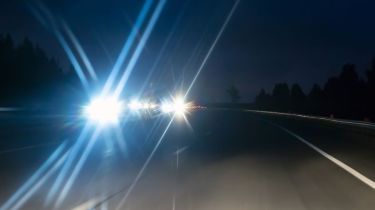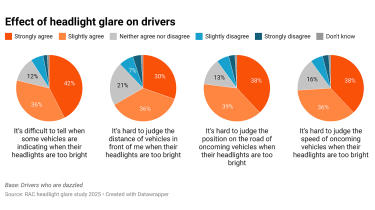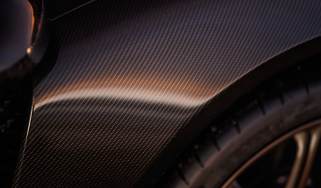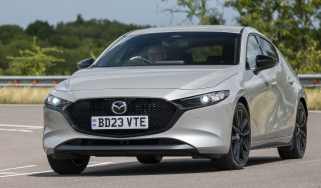Spotlight on car headlight glare as dazzled drivers avoid driving at night
A quarter of drivers affected by dazzling headlights are limiting their nighttime journeys, the latest data suggests

The scourge of dazzling headlights has forced up to a quarter of drivers in the UK to limit their nighttime driving, while a further 22 per cent say they wish they could drive less on the roads at night.
The figures come from the RAC, following what the organisation says is the most in-depth research ever into the effects of headlamp glare and dazzle on drivers.
The data shows that 75 per cent of those reluctant to drive at night blame intensely bright headlights making the experience uncomfortable or difficult. Almost half (49 per cent) say they feel less safe, while 5 per cent have simply been forced to stop driving at night.
Even drivers who claim their driving habits have not been changed by headlamp glare are mostly in agreement that there’s a problem. The RAC survey found that 36 per cent think most headlights are too bright, while 59 per cent agree that some are.
Aside from reports of headaches, eye strain and fatigue, the RAC has also tracked more specific concerns relating to the issue of headlamps that are ‘too bright’. Out of 97 per cent of drivers saying they’re affected by glare in some form, 79 per cent claim it’s hard to see when some vehicles are indicating, while 77 per cent have trouble judging the road position of oncoming vehicles. Similar numbers find it hard to judge the speed of a vehicle that dazzles them, or how far away these dazzling vehicles could be.
The RAC also asked respondents how different colour headlights affected them, and 72 per cent of those suffering from glare associated the problem with whiter-coloured LED or bi-xenon headlights. Far fewer drivers reported problems with more yellow halogen headlamps.
One possibly counter-intuitive result from the survey is the finding that drivers under 35 are the group most likely to say headlights are too bright.

With a government-funded research project underway at Transport Research Laboratories which is due to report later this year, the problem of nighttime headlight glare is firmly on the agenda. The Department for Transport told us “there is also work underway at an international level on headlight glare prevention, which we will consider.”
Possible or likely causes that have already been suggested for a problem most drivers think is getting worse, include both the increasing power of high-tech LED light units on cars, and the trend towards raised vehicles, such as SUVs, with their lights at a higher level.
Trade in high-intensity bulbs
The blame can’t all be laid at the door of car manufacturers, with the UK also experiencing a significant aftermarket trade in high-intensity LED headlamp bulbs that drivers of older cars can fit as ‘upgrades’. In post-1986 cars, using these types of bulbs is illegal, yet they’re widely sold online and in stores, with drivers who fit them standing little chance of being apprehended.
One big name store selling bulbs that are illegal for road use is Halfords, which advertises a variety of non-standard LED bulbs that customers can buy to fit themselves, but which the firm will not fit on your behalf.
A Halfords spokesperson said: "As a responsible retailer Halfords does not fit aftersale LED light bulbs and always provides customers with information about how they can be used. Alongside RAC, OSRAM and the College of Optometrists, Halfords is part of an informal working group led by Baroness Hayter set up to help the Department of Transport develop a clear policy for aftersale LED bulbs."
Illegal LED conversions should be picked up as an MoT failure, but as bulbs are typically easy to replace, drivers can simply remove illegal bulbs for the test and refit them later.
Drivers affected by nighttime headlight glare can also help themselves. We recently reported on a range of options available from opticians that can help to reduce glare, eye strain and fatigue when driving at night.
Do you avoid driving at night because of headlight glare? Let us know your thoughts in the comments section...
Find a car with the experts




